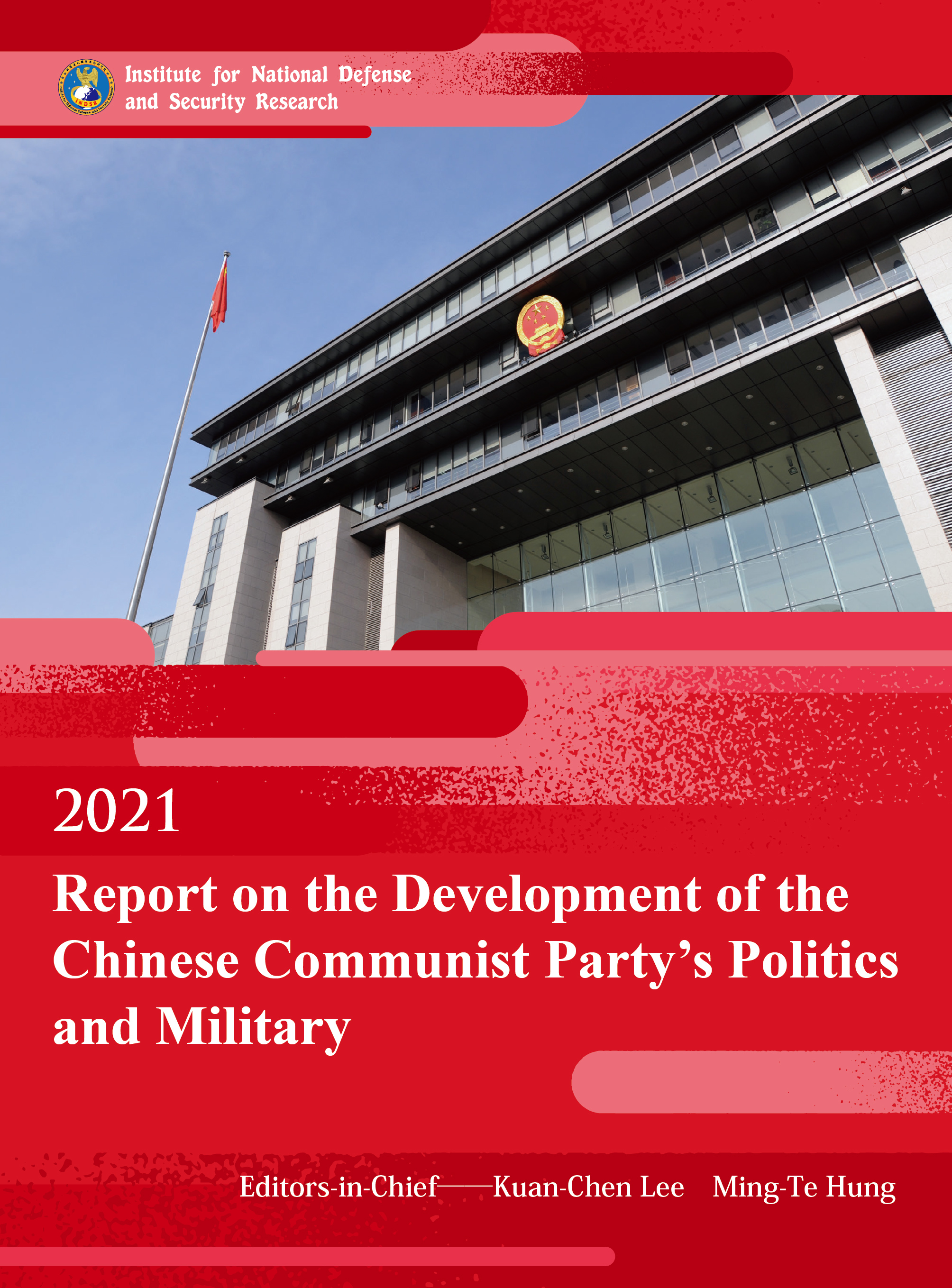Chapter 8 China’s Economic Situation and Semiconductor Industrial Policy in 2021
2022.06.07
Views
568
Introduction
In late September 2021, Evergrande Group’s shares plunged on the Hong Kong Stock Exchange, triggered by the suspension of part of Evergrande Wealth’s debt payments, causing Asian stock markets and even the U.S. stock market to tumble in tandem. Given the fact that China has little intention to bail out Evergrande,[1] and that Evergrande’s US$300 billion debt involves 128 financial institutions in China, the market has become concerned about a systemic financial crisis, which could lead to massive civil rights movements. With a series of tightening controls imposed on large corporations, such as those on e-commerce platforms, the cram school industry, the video game industry and artists in the showbiz, it is difficult to be optimistic about China’s economic prospects in 2021. In addition, the U.S.- China tensions have not eased, as the Biden administration has not relaxed its technological confrontation with Beijing compared to the Trump administration, but has instead convinced its allies to join the ranks of keeping a lid on China’s technological ambitions. At the same time, this kind of clash between rival groups is also taking place in the current conflict in the South China Sea. Judging from the introduction of the 14th Five-Year Plan and the Dual Circulation strategy, the Chinese government’s intention is to replace the foreign market with the domestic one, and to develop technological autonomy by leveraging the huge local market and the state’s capital support, both of which are aimed at getting rid of the restrictions from the U.S. in pursuit of long-term domestic economic stability. China is a major manufacturer of electronic products, which are applied across a wide range of sectors, from the toy industry to the aerospace industry, making the electronics sector a growing part of its GDP and a key driver of economic growth. In the past, however, most of the critical components relied on imports. In particular, the U.S. sanctions in the recent years have made it difficult for China to acquire leading-edge chips with high computing capacity for the AI industry and 5G, which are being promoted vigorously, thus hindering the development of industries and necessitating domestic production instead of imports. If China’s economy is to embrace high quality development in the future, the autonomy of the electronics industry — especially the integrated circuit (IC) sector — is not only a prerequisite for the independence of strategic industries, but also an integral part of economic prosperity.
This paper begins with an analysis of China’s economic performance, followed by an examination of the country’s IC industry strategies that will shape China’s future economic upgrading, and concludes with a summary of the prospects for China’s development of a third-generation semiconductor industry by overtaking on a bend.
[1] Keith Zhai, “China Makes Preparations for Evergrande’s Demise,” Wall Street Journal, September 23, 2021, https://www.wsj.com/articles/china-makes-preparations-for-evergrandes- demise-11632391852.


